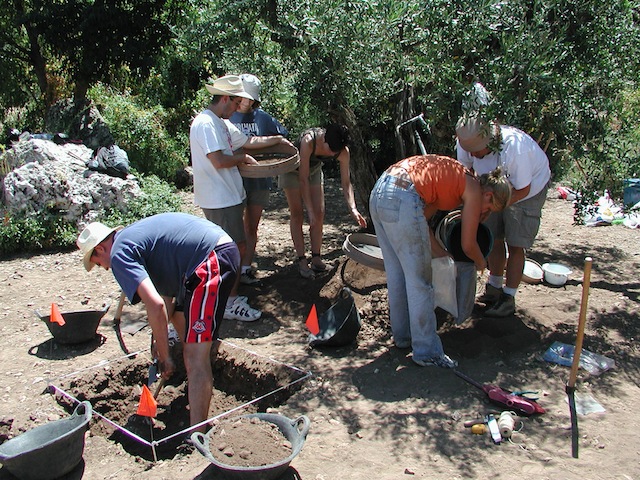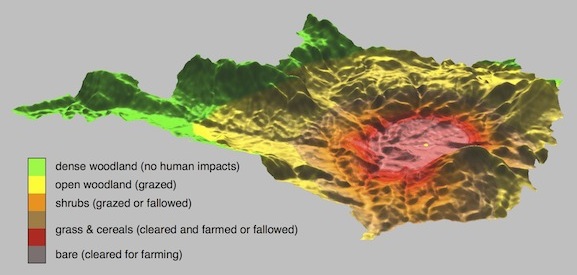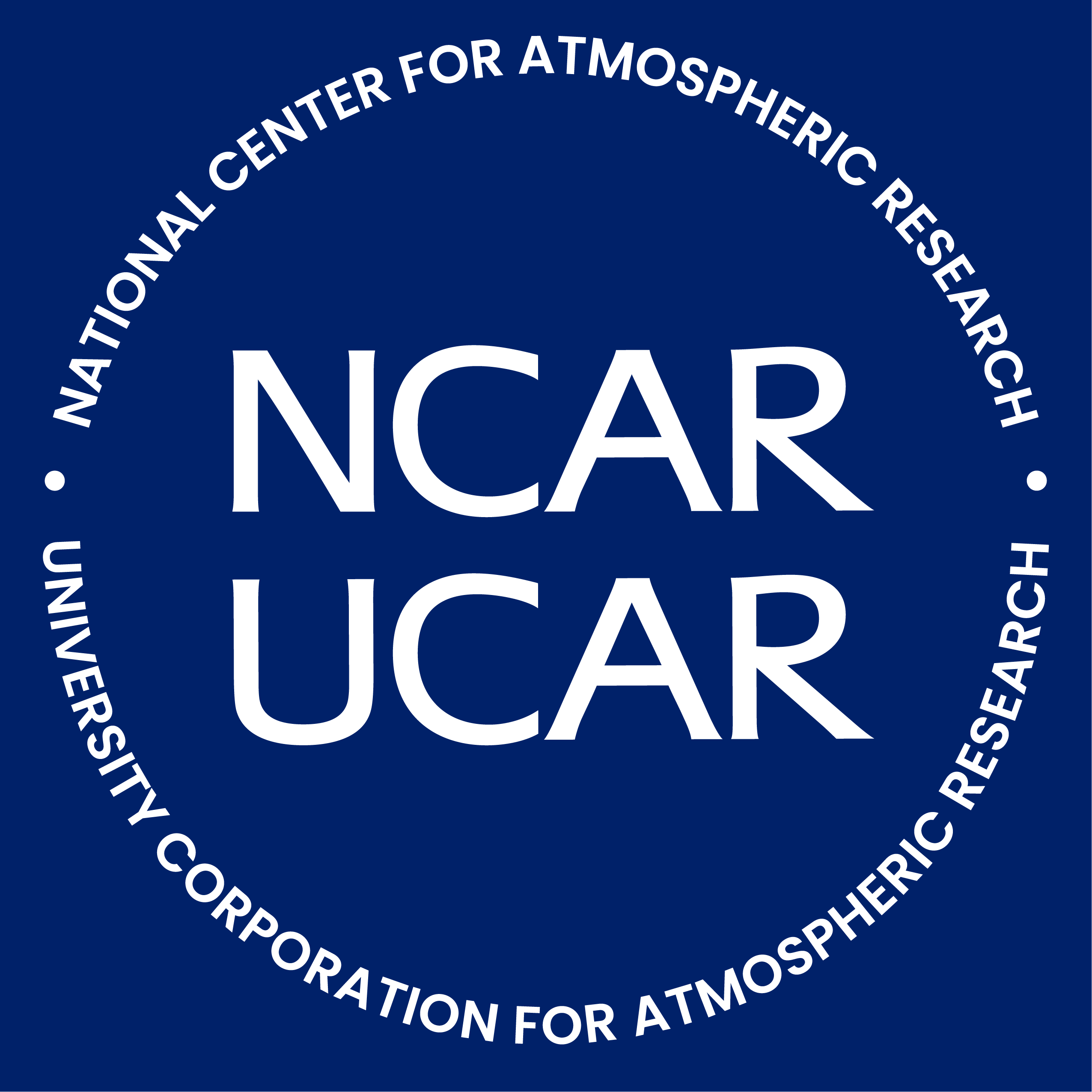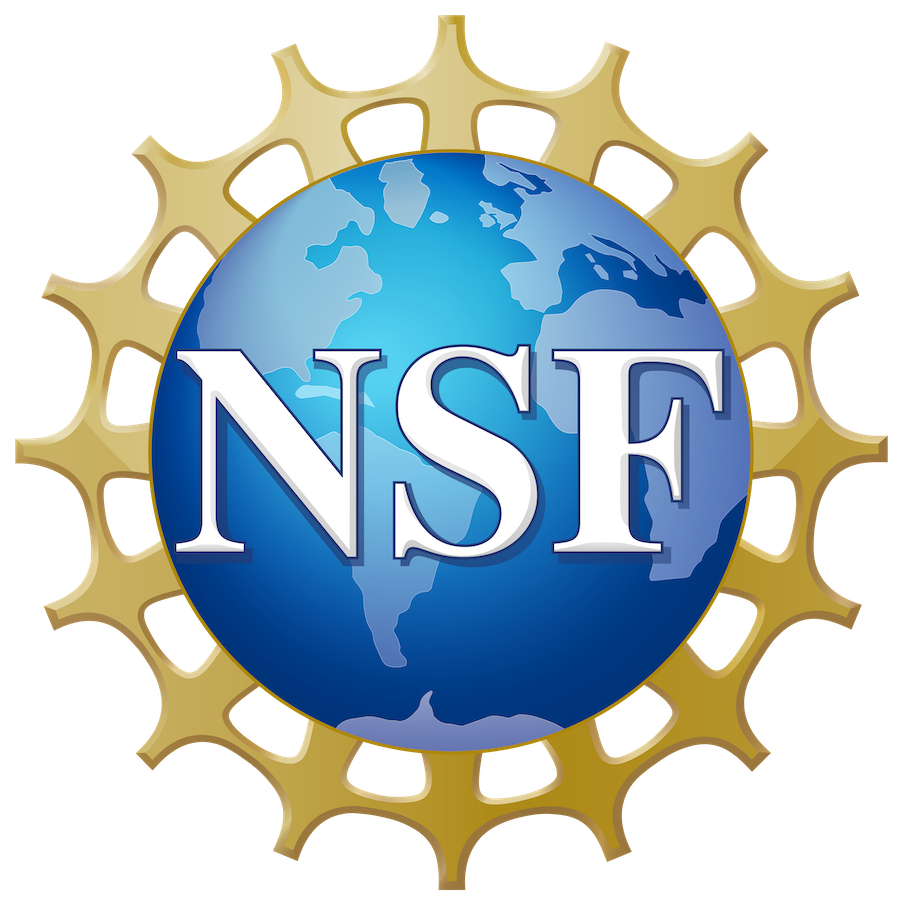Research Interests
 I am a complex systems scientist in the Schools of Human Evolution & Social Change and Complex Adaptive Systems at Arizona State University. My research interests center around long-term human ecology, landscape dynamics, and the multi-dimensional interactions between social and biophysical systems. I have long running collaborative projects in the Mediterranean (Upper Pleistocene through mid-Holocene), and have done fieldwork in Spain, Bosnia, the American Southwest, and various other locales in North America.
I am a complex systems scientist in the Schools of Human Evolution & Social Change and Complex Adaptive Systems at Arizona State University. My research interests center around long-term human ecology, landscape dynamics, and the multi-dimensional interactions between social and biophysical systems. I have long running collaborative projects in the Mediterranean (Upper Pleistocene through mid-Holocene), and have done fieldwork in Spain, Bosnia, the American Southwest, and various other locales in North America. 
Open Science
I am an advocate for open, transparent science. As Director of CoMSES.Net and the Open Modeling Foundation, I endeavor to promote open scientific computation for social and ecological sciences. I am also member of the open source GRASS GIS international development team and Project Steering Committee that is making cutting edge spatial technologies available to researchers and students around the world. To help in this effort, I maintain GRASS binary apps for the Macintosh OS at the GRASS for Mac web site.
Current Research
MedLanD Project
 The Mediterranean Landscape Dynamics project is an interdisciplinary research project to study the long-term interactions of humans and landscapes in the Mediterranean. This work combines interdisciplinary fieldwork and computational modeling with support from the NSF Coupled Natural and Human Systems program.
The Mediterranean Landscape Dynamics project is an interdisciplinary research project to study the long-term interactions of humans and landscapes in the Mediterranean. This work combines interdisciplinary fieldwork and computational modeling with support from the NSF Coupled Natural and Human Systems program.
CoMSES.Net
 The Network for Computational Modeling in the Social and Ecological Sciences (CoMSES.Net) aims to improve accessibility by social and ecological scientists to emerging cybertools for studying the dynamics of the socio-ecological systems that dominate the earth today. CoMSES Net is a node in the NSF national big data infrastructure network. CoMSES.Net is now supported by the NSF Cyberinfrastructure for Sustained Scientific Innovation program to expand education and training, and develop new cyberfrastructure to help make scientific modeling FAIR. This is a collaborative effort with partners Community Surface Dynamics Modeling System, CUAHSI, Science Gateways Community Institute, and the Open Science Grid.
The Network for Computational Modeling in the Social and Ecological Sciences (CoMSES.Net) aims to improve accessibility by social and ecological scientists to emerging cybertools for studying the dynamics of the socio-ecological systems that dominate the earth today. CoMSES Net is a node in the NSF national big data infrastructure network. CoMSES.Net is now supported by the NSF Cyberinfrastructure for Sustained Scientific Innovation program to expand education and training, and develop new cyberfrastructure to help make scientific modeling FAIR. This is a collaborative effort with partners Community Surface Dynamics Modeling System, CUAHSI, Science Gateways Community Institute, and the Open Science Grid.
Open Modeling Foundation
 The Open Modeling Foundation is an international federation of modeling organizations to develop, promote and administer FAIR standards and best practices for computational modeling in the social, ecological, environmental, and geophysical sciences. This effort is supported by the Alfred P Sloan Foundation.
The Open Modeling Foundation is an international federation of modeling organizations to develop, promote and administer FAIR standards and best practices for computational modeling in the social, ecological, environmental, and geophysical sciences. This effort is supported by the Alfred P Sloan Foundation.
Humans and Climate
 Two collaborative projects with the National Center for Atmospheric Research are modeling the flow of information across social networks during natural disasters with support from the NSF Hazard SEES Program and modeling the social and environmental impacts of alternative climate intervention strategies with support from the NSF Growing Convergence Research Program.
Two collaborative projects with the National Center for Atmospheric Research are modeling the flow of information across social networks during natural disasters with support from the NSF Hazard SEES Program and modeling the social and environmental impacts of alternative climate intervention strategies with support from the NSF Growing Convergence Research Program.
GRASS GIS Open Source Ecosystem




